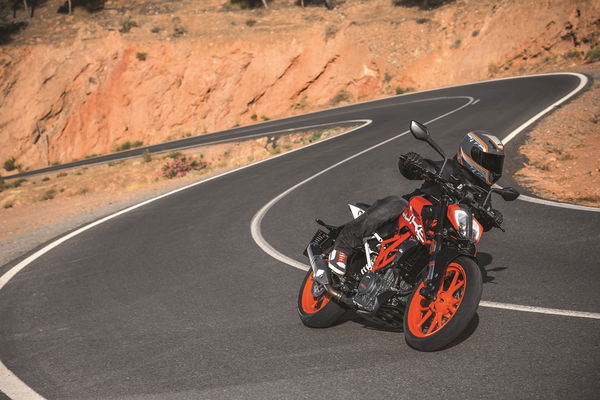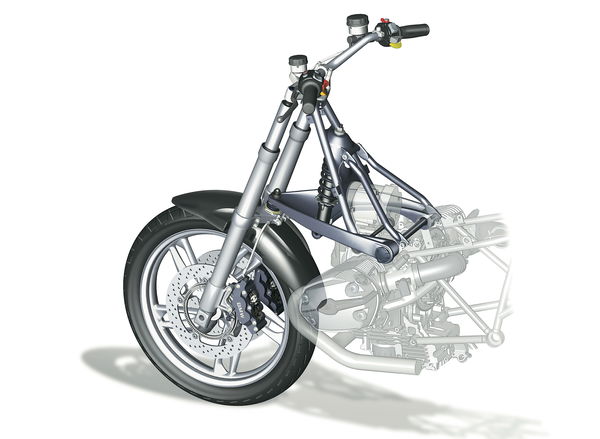How to get a motorcycle licence
Step by step

IT'S the number one essential for any biker, but getting a licence to ride a motorbike on the road gets harder all the time. The rules are, essentially, dull legalistic bullshit dreamed up by civil service bureau-twats who make the grey ACU committee men look as interesting as Keith Moon and Ronnie Wood. But here's our super-fast, simple how-to guide to getting yourself on the road…
Age test
First up, how old are you? If you're 16, you can get a provisional licence to ride a moped ('AM' class, under 50cc engine, restricted to 30mph maximum speed). From 17, you can get a provisional licence to ride a 125cc bike ('A1' category, 11kW, or 15hp). You can also pass a practical riding test to get a full licence, either for the moped aged 16 or the A1 125 aged 17.
However, that’s all you’ll get: a full licence for those same category machines. If you’re 16, you’ll still have to wait until you’re 17 to ride a 125. If you’re 17, the full licence you get will only for be an A1 125. You’ll be able to ditch the L-plates and carry a pillion, which you can’t with a provisional licence, but you’ll be stuck on the 125 until you’re… 19, at which point you can pass a practical test to get what’s called an ‘A2’ licence, for bikes of up 35kW/47hp and maximum of 0.2kW per kg.
Over 24? You can do a Direct Access practical test to get an ‘A’ category licence, which comes with no power or capacity restrictions. It's a biggie, usually taking over four days including training, and can be pricey, but it's the easiest and fastest way into riding unrestricted bikes.
The other route is progressive access; get your A2 licence at 19, and two years later, aged 21, you can do another practical test for the unrestricted ‘A’ licence.
Complicated? Yes. It’s almost as if someone doesn’t want us to do, isn’t it?
The basics
But before ride at all on the road, even on a provisional licence with L-pates, you need Compulsory Basic Training (CBT) certificate, by doing a practical course that covers operating and riding your bike, first in an off-road site (usually a private car park or similar) and then on the roads. It's not really a test, although it is possible the instructor will decide you’re not safe and therefore decline to less you loose on the roads with a certificate. The certificate is valid for two years, so if you don’t get a full licence in that time, you’ll have to go back and do the compulsory basic training again.
Before you take any practical riding test, you also need to pass the Theory test, which is a classroom-based exam with multiple choice questions and a video-based hazard perception test. There's a specific motorcycle one and a car one, and you need to do the bike one even if you have a car licence already.
Full throttle
The full test is similar no matter what level you're doing it at – A1, A2 or A. It’s a two-part test, with Module One in an off-road training centre and Module Two on the road. Module one involves riding in figures of eight, slaloms, U-turns, and a slow riding test. You also need to do the infamous hazard avoidance and emergency stop test, at 31mph on a bike (this is why it's taken at an offroad centre, since 31mph is speeding on urban roads).
Module Two is on the road, with an examiner following you on a bike (or sometimes a car), and talking to you via a radio. They'll check your eyesight, and make you do a load of riding about.
Pass master?
It sounds like bollocks, but once you pass your test, you really could do with more training. You might have a full licence, but trust us, you're a shit rider right now. The way to get better is to do lots of riding, but some extra training can accelerate the process of improvement. Your instructor will be pleased to take more cash off you in return for more advanced lessons on motorway riding and the like. It might even reduce your chances of being killed in a massive fireball – which is A Good Thing, probably.
* CAVEATS
Some of this varies in weird circumstances, like if you had a moped licence before 1990, or passed your car test before Feb 2001, but the Earth only has another billion years to live, which isn’t long enough to explain it all. You'll be able to confirm all the fine detail for your situation with any training school or bike dealer.











